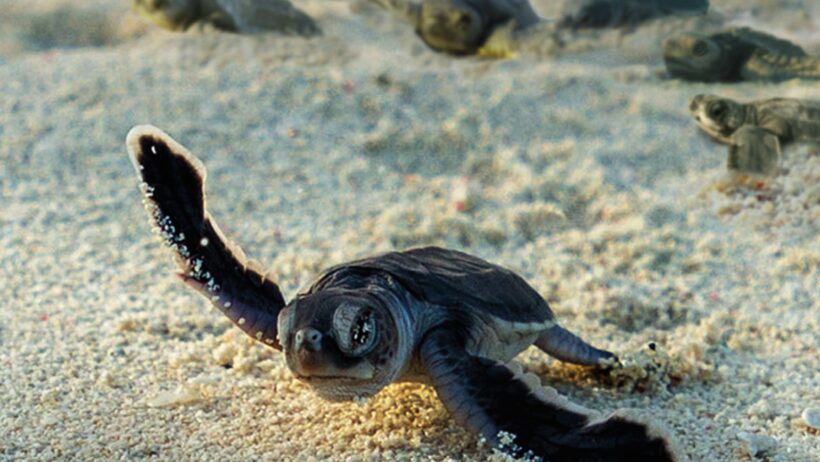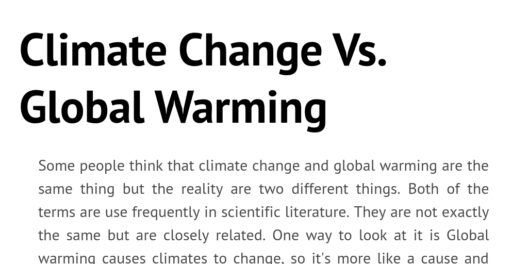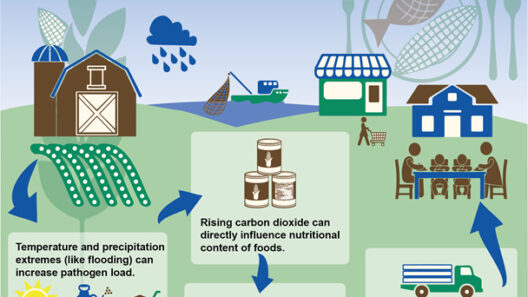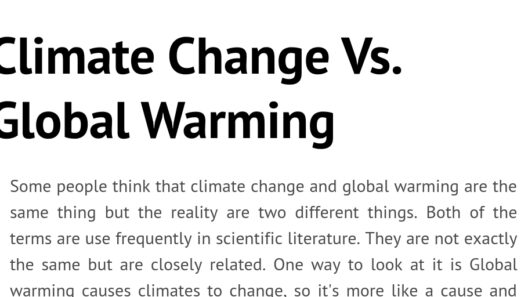Imagine a world where the rhythmic patterns of nature are thrown into chaos, where the majestic migrations of animals—those awe-inspiring journeys honed over millennia—are disrupted by an unseen force. This is not merely a hypothetical scenario; it is the reality we face today as global warming catalyzes a migration crisis affecting wildlife across the globe. This exploration delves into the intricacies of how climate change is reshaping the landscape of animal migration, embracing the complexity of ecological interdependencies and the precarious balance that sustains them.
The Great Migration, famed for its breathtaking spectacle when millions of wildebeests traverse the Serengeti, is emblematic of nature’s resilience. Yet, as temperatures rise and weather patterns shift, these routes are in jeopardy. How will animals adapt to a changing climate that alters their migratory pathways? With many species relying on precise seasonal cues for navigation, the current climate crisis poses an existential threat to their survival and overall biodiversity.
The impact of global warming on animal journeys is both intricate and multifaceted. Firstly, temperature fluctuations have direct ecological consequences. Many species rely on specific triggers—like temperature, food availability, and light—dictating when to migrate. For instance, birds like the Arctic Tern migrate thousands of miles based on optimal conditions for food sources. However, changing climatic conditions are causing food to flourish earlier or later in the season, which could lead to mismatches in timing. Such dissonance disrupts breeding schedules and can ultimately result in decreased population sizes.
Marine life faces similar challenges. The great migrations of species like sea turtles and whales could be adversely affected by rising ocean temperatures and acidification, altering the geographical distribution of their prey. As these animals travel vast distances for sustenance, changes in prey populations due to temperature shifts can throw their migratory paths into disarray. Furthermore, as ice caps melt, polar regions are being transformed, and species such as polar bears find themselves navigating increasingly precarious landscapes in search of food and mating grounds.
Moreover, the alteration of habitats due to climate change isn’t just about temperature shifts; it also includes the increase in extreme weather events. Hurricanes, floods, and droughts have the potential to obliterate established routes. Animals that rely on specific corridors for migration may find themselves blocked or forced to adapt to entirely new pathways, which may not provide the same ecological resources necessary for their survival. The songbirds migrating northward may discover their nesting grounds flooded or barren, leading to further declines in their populations.
As if these challenges weren’t daunting enough, the phenomenon of urbanization exacerbates the crisis. Human encroachment on natural habitats has resulted in fragmented ecosystems where animals once flourished. Roads, buildings, and agricultural developments not only disrupt migratory routes but can also lead to increased mortality rates due to vehicle collisions. With unpredictable climate patterns providing less reliability in food sources, the stakes for these animals are rising. They must not only contend with the relentless advance of climate change but also navigate a transformed landscape devoid of the familiar landmarks that once guided them.
Given these formidable challenges, one may wonder: what innovative solutions can be devised to mitigate the consequences of global warming on animal migrations? Conservationists and researchers worldwide are now increasingly focusing on creating wildlife corridors—designated pathways that facilitate safe passage for animals. These corridors can reconnect fragmented habitats, thus supporting the natural migratory processes that many species depend on for survival. In addition, implementing policies that address climate change at a systemic level is crucial—reducing greenhouse gas emissions and preserving natural habitats will bolster the resilience of wildlife against the effects of climate change.
International collaboration is paramount. The interconnectedness of ecosystems means that an approach limited to a single country will yield incomplete results. Global migration patterns cross borders and require joint efforts to understand and address the underlying issues. For example, the establishment of transboundary protected areas can ensure that critical habitats for migratory species are conserved even amidst the chaos of changing climates. This requires a concerted effort from governments, NGOs, and local communities, placing the value of biodiversity at the forefront of political and economic agendas.
Education and awareness are powerful tools in catalyzing change. Engaging the public on the intricacies of climate impacts on animal migrations can garner support for conservation initiatives. When people understand the direct consequences of their actions—be it through carbon emissions or habitat destruction—they become more vested in the survival of both individual species and the ecosystems they inhabit. Citizen science programs can empower individuals to participate actively in data collection, aiding researchers in understanding migratory shifts and trends.
In conclusion, the great migration crisis precipitated by global warming threatens to unravel the delicate tapestry of life on Earth. The far-reaching effects of climate change extend beyond the immediate threats, leading to deeper ecological repercussions that challenge the very foundations of biodiversity. As stewards of the planet, the responsibility lies with us to mitigate these impacts through robust conservation measures, innovative solutions, and, importantly, a commitment to tackling climate change head-on. The question remains: can we rise to this challenge and protect the magnificent journeys that define the natural world? The answer rests in our collective hands, as we strive to ensure that the rhythms of wildlife migration continue unfettered for generations to come.








